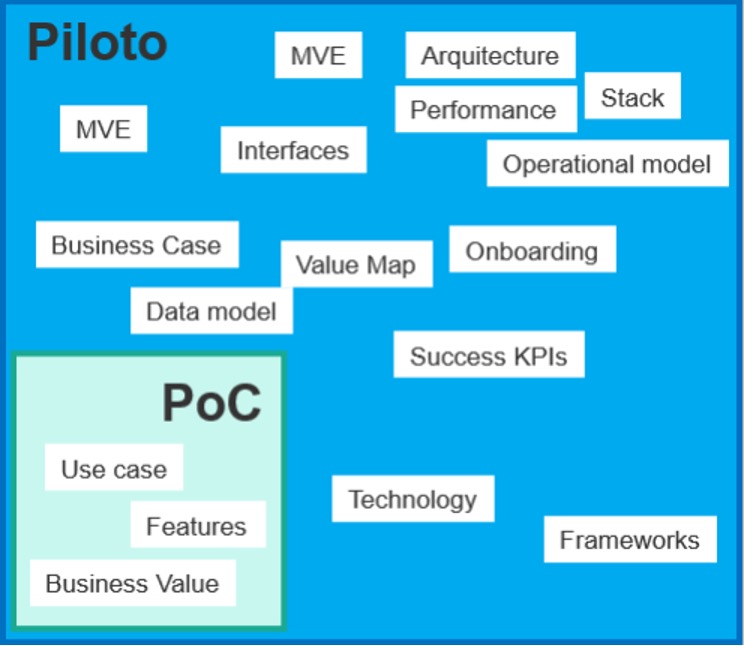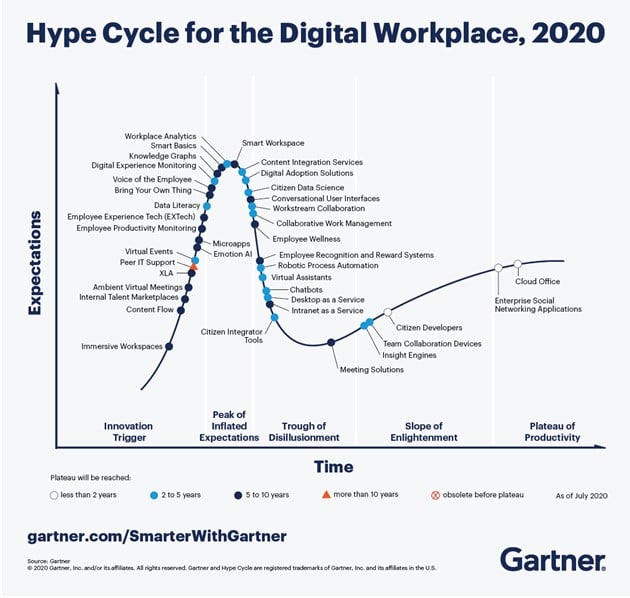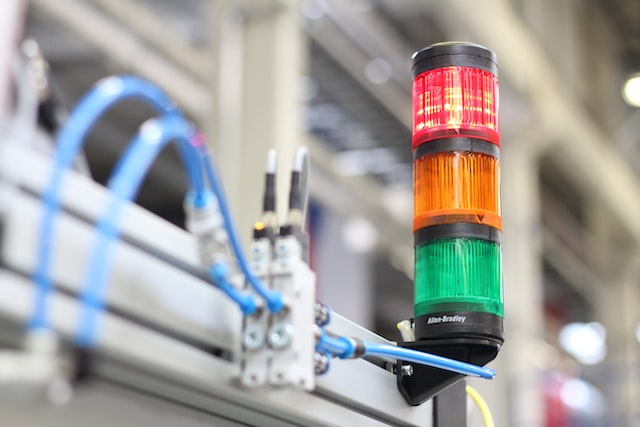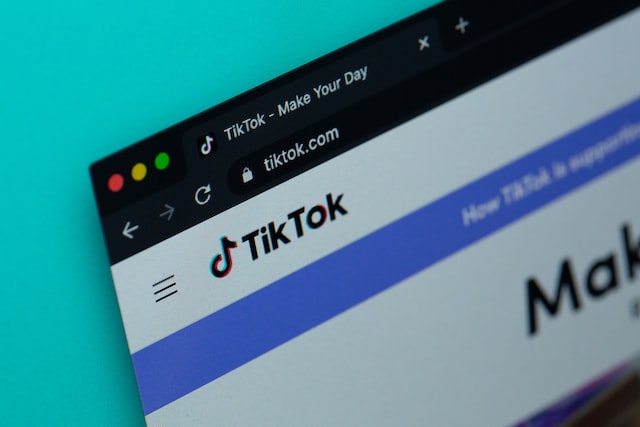The selection of use cases is a common approach to the data-driven transformation of companies, but in most cases these use cases do not achieve the expected result, generating disappointment and slowing down the necessary transformation.
In some cases, we find ourselves with failures that dynamite the entire transformational effort of the company. For this reason, I always recommend carrying out an analysis after each case to help us identify possible areas for improvement that will allow us to improve the results of the following use cases.
Pillars of a data-driven organization
After analysing many use cases implemented in different companies, we can identify the main cause of their failure, which is none other than the poor management of expectations, but if we delve a little deeper into the underlying reasons, we find that most of them are caused by an inadequate alignment of the use case to the state of maturity of the data-driven pillars of the organisation, which if we remember are three: technology, talent and organisation and culture.
- Technology: the technologies implemented in the company must be identified and used to solve the use case. If the use case requires a new technology for the company, it is desirable to carry out the process in two steps, first we introduce the technology with another simple use case, known and easy to implement. Then we approach our analytical use case with the technology, as long as we have sufficient experience. It is important to remember that to approach an analytical use case with a new technology is to increase the risk of failure to the maximum.
- Talent: there should be an internal capability map covering all the actions to be performed in the use case. Otherwise, new capabilities should be brought into the company internally or externally and tested in another simple, known and easy to evaluate use case to build professional confidence among all team members. If we identify a problem in a new case that is being performed by a new team, mistrust will arise among the members.
- Organisation and culture: it is necessary to ensure that the company is prepared to be able to put the knowledge extracted from the data to good use by having the right processes and culture in place. It must be remembered that everything new generates reluctance and even more so when it is not perfectly understood, especially when we know that all the models we generate will fail in specific cases.
Company’s data-driven pillars will dictate which use cases will be a success and which will be a failure.
Use case selection
If the organisation is in an incipient stage of its data-driven journey, it is advisable to select simple use cases that require easy or non-existent technological implementation and that affect the smallest number of functional processes.
In addition, it would be convenient to select from among those that have been successful in other companies in the sector. On the other hand, if the degree of maturity of the pillars of the data-driven organisation is high, more innovative and risky use cases can be chosen, as the company will assume and reward this risk.
Sometimes we find companies with heterogeneous maturity levels, for example, strong in technology and talent, but weak in cultural transformation. In these cases, it is essential to identify the strengths and select the use cases that are based on these strengths and reject those that are based on the other pillars that are less developed or evolved.
If you want to succeed in developing analytical use cases and become a data-driven company, remember to align the use cases with the maturity of the company’s data-driven pillars.
■ Originally published in the book “A Data-Driven Company” by Dr. Richard Benjamins. If you want to know more about the book, I recommend a previous post.



















